Family Fictions — Elizabeth Albert Juxtaposes Old Slides from Different Family Archives

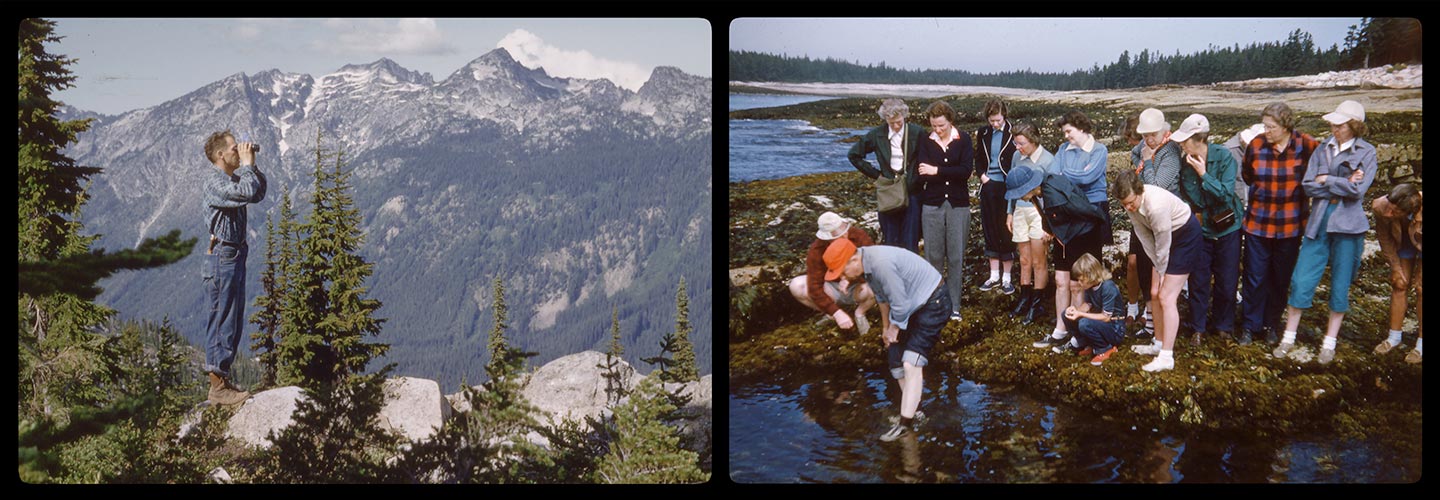
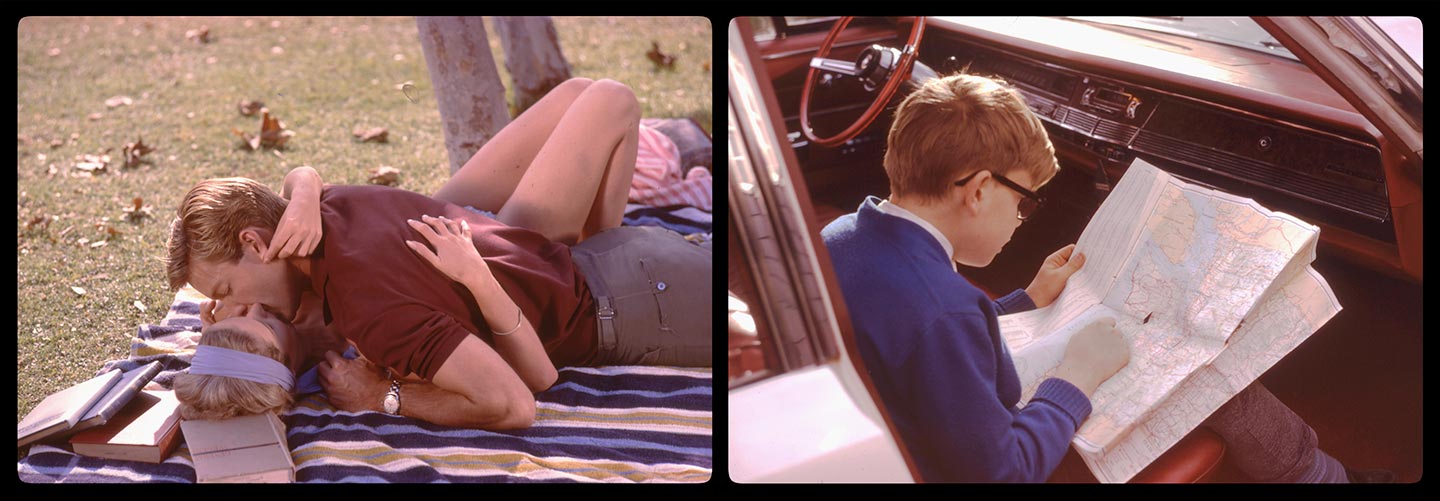
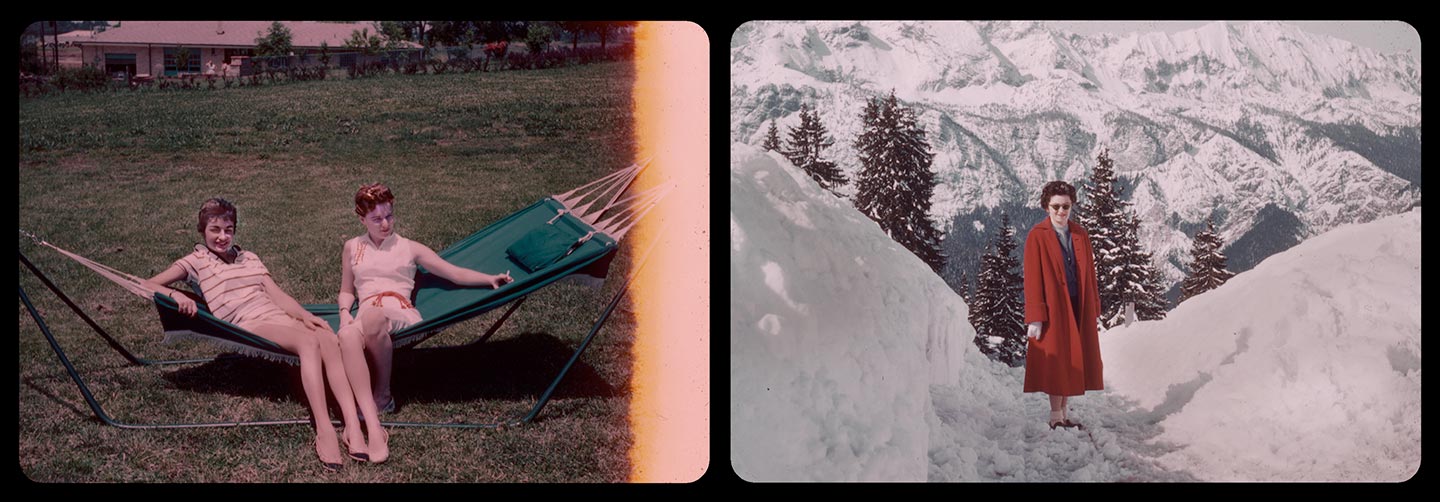
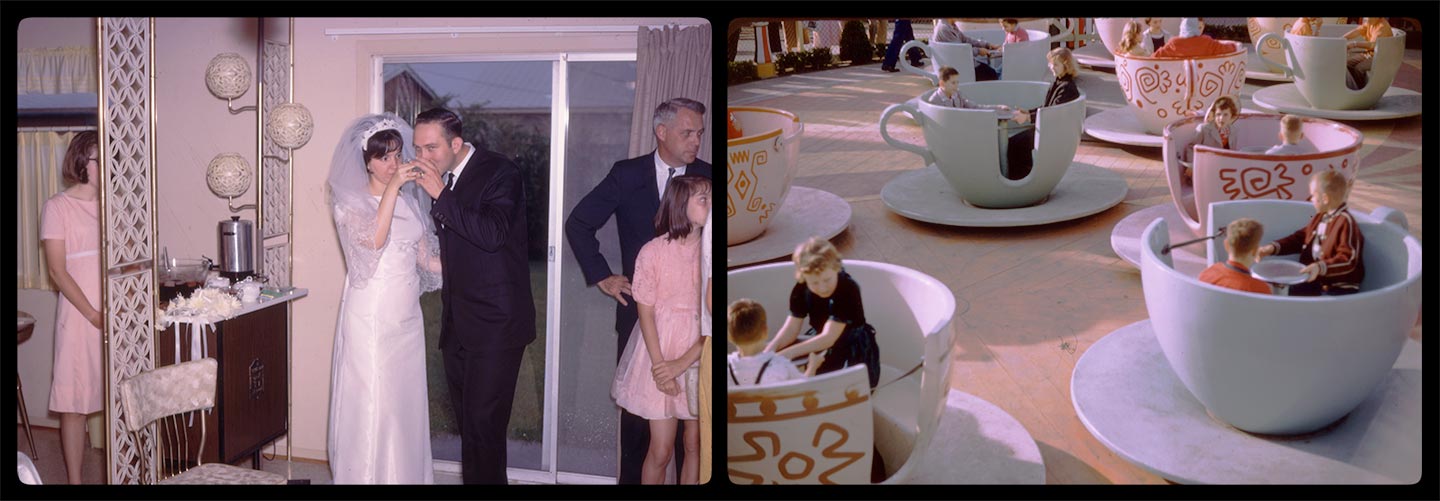
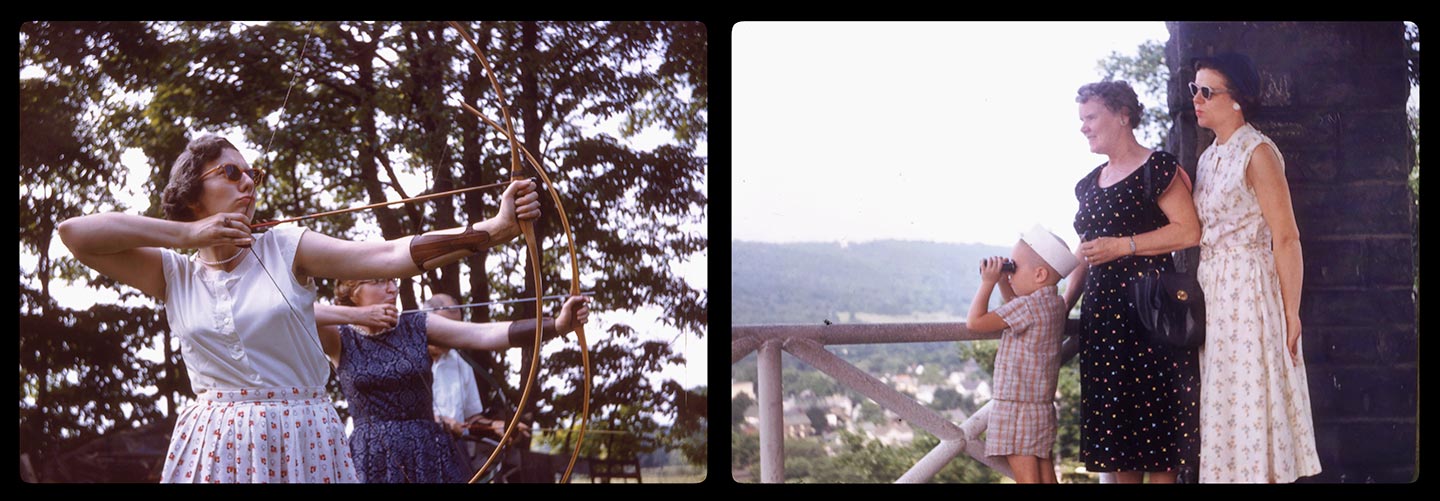
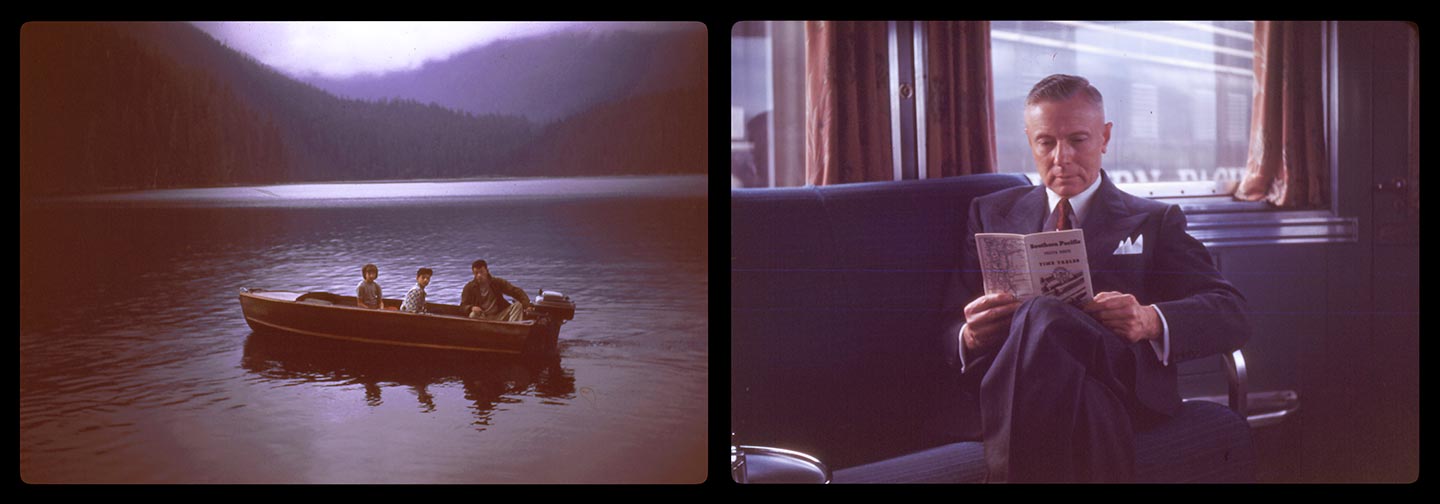
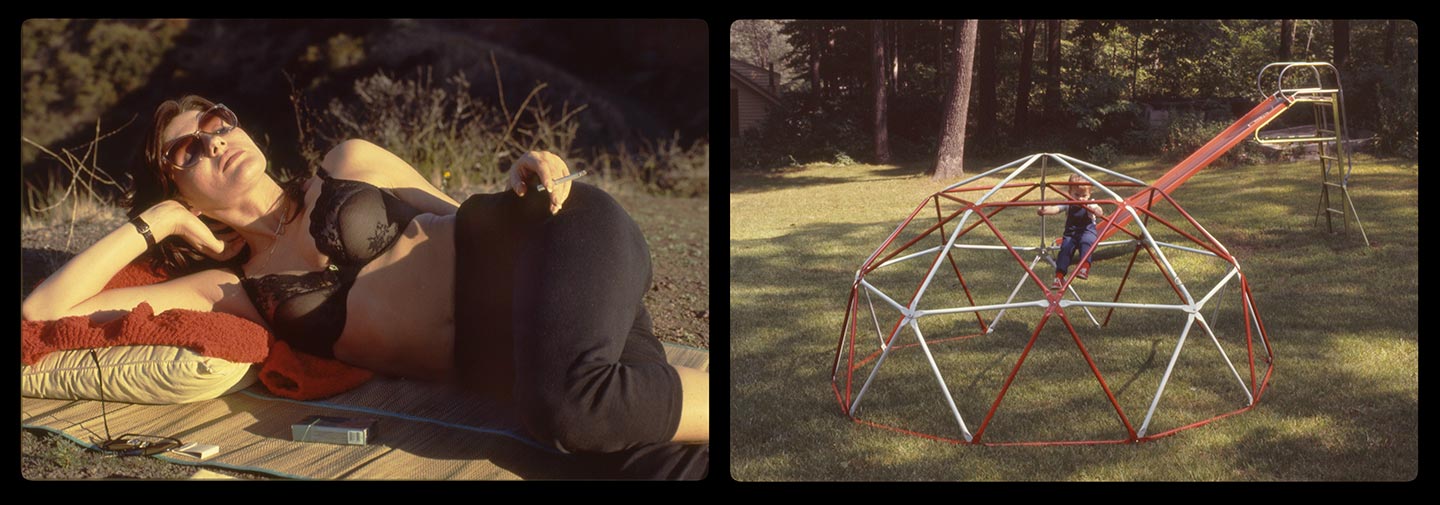
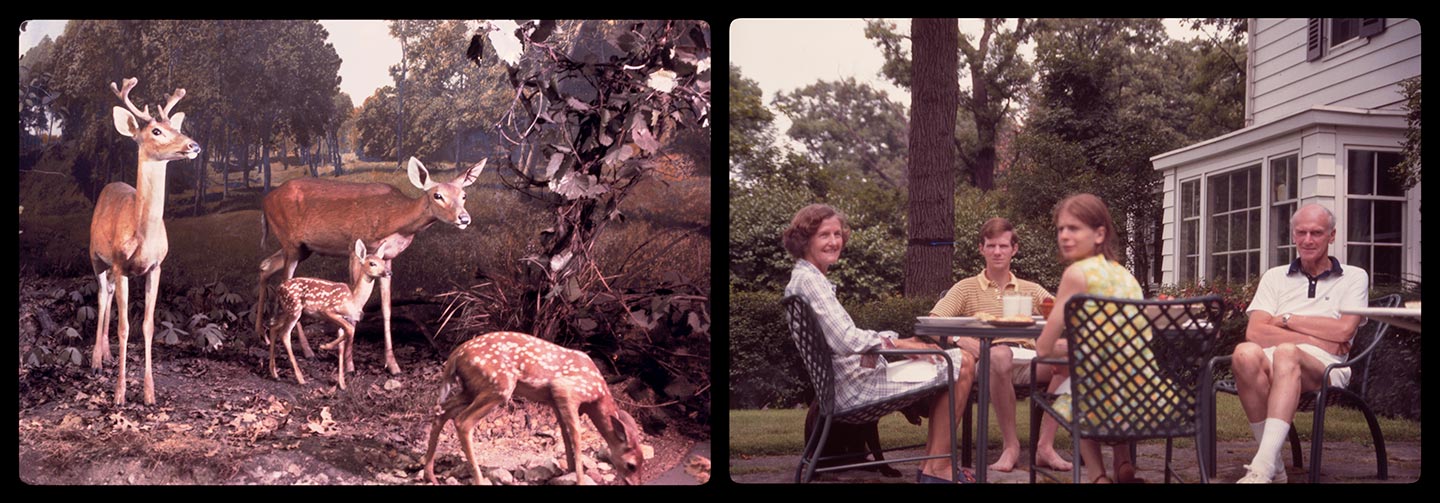

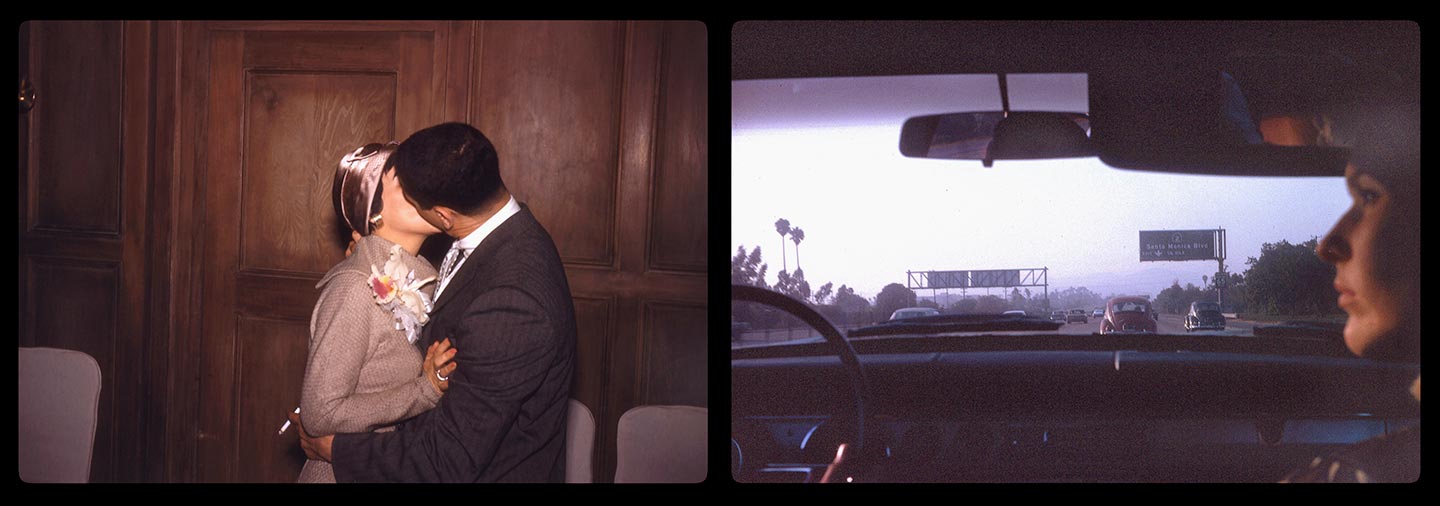
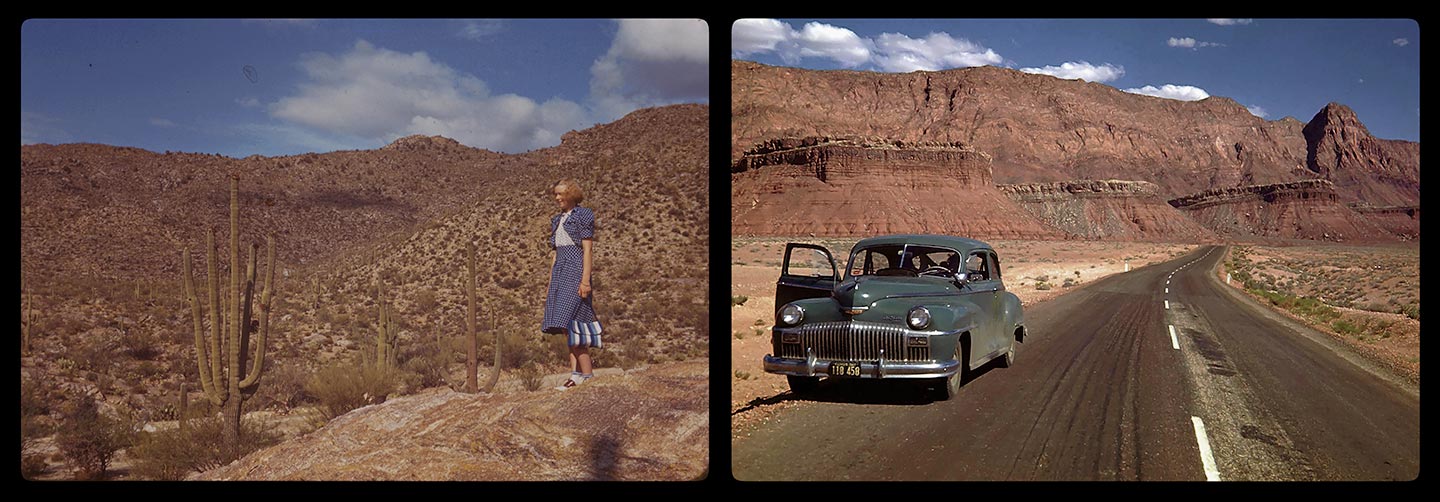
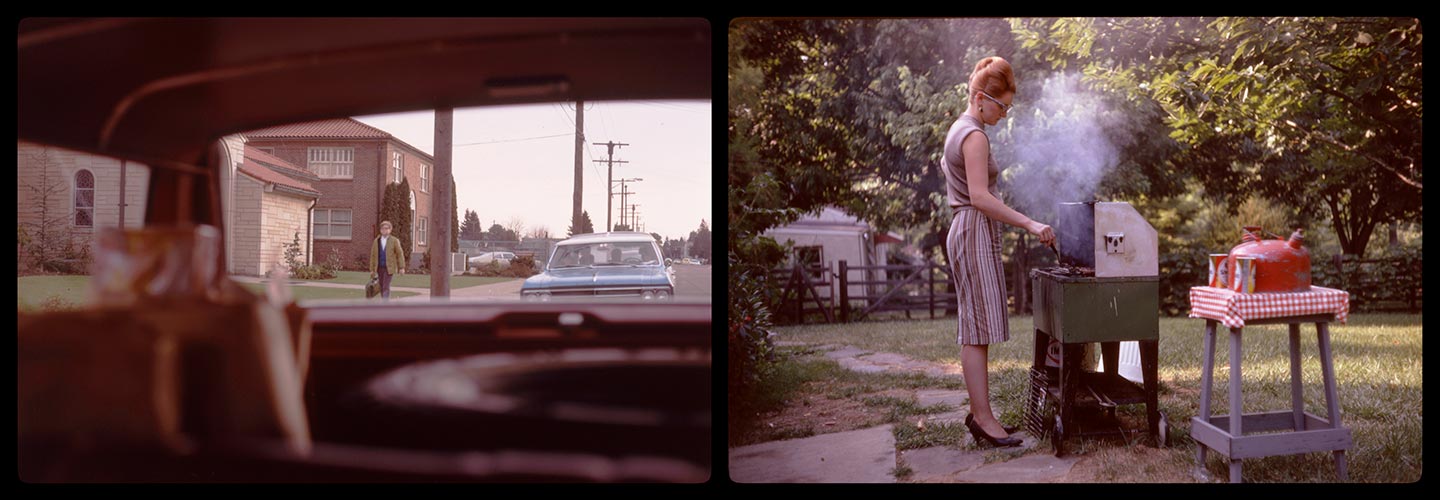
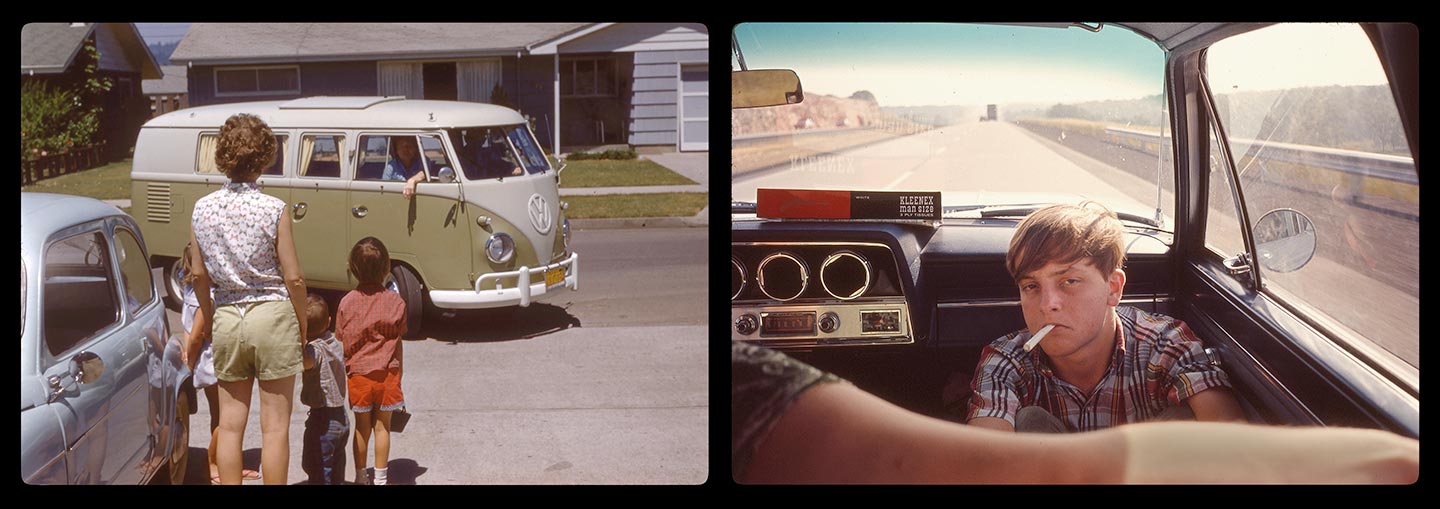
Family Fictions by 53 year-old American photographer Elizabeth Albert is a series of images obtained using old family slides, made for the most part in the 1950s and 60s. The original slides, which Elizabeth purchased from eBay, come from the archives of different families: by juxtaposing them, she is creating new, fictional narratives.
“I have always been interested in looking at old photos,” Elizabeth recalls. “As a kid, I loved looking at family images (albums, slides and super 8 movies) and asked my mother about the people and stories behind them. In college and grad school, I developed several projects using these types of imagery. Later on, and after a long time of photographing my own kids, I decided to start working with appropriated photos again. I have found that working with a set number of images from a specific archive is a good place to start, so I began looking at the slides of my own family; however, I soon realized that the images were not as varied or as interesting as the photos and movies that I used in school. My husband suggested looking on eBay for other people’s slides, and as a surprise he actually bought a small number of slides for me. I instantly loved the images and was on my way!“
“The first thing I ask myself is: Does the pairing tell an interesting story?” Elizabeth says about how she decides which images to put together. “I am always looking to create some sort of atmosphere that suggests an uncomfortable feeling under the surface. I also like to go with my intuition—when I hold one picture up to another and say “Ooooh” or laugh, then I know it’s hitting me in a way that makes a connection. I also look at how the pictures match visually: Do they have the same “color story”? Do the pairs together create a strong composition? Do they both have a similar subject? Sometimes I like to explore contrast as well. After I’ve matched them as small individual prints, I think about the pairings for a while, and show them to artist friends to get their opinions. Then I create diptychs in Photoshop and think about those— and the process continues. The pairings which ask a question or make one linger on a feeling stay in the project.”
Elizabeth’s main intent with Family Fictions was “to express a darker side of myself, which stems from my difficult early family life. These experiences include my parent’s unhappy marriage and divorce, my father’s illnesses and subsequent death, and my own experience of being bullied and not fitting in. These are the memories I mine for my work. By creating tension in my images through the use of juxtaposition, I am hoping to explore the complicated dynamics of family life.”
Ideally, Elizabeth hopes her work makes viewers “think about the underlying dynamics in their own families, or consider the images as film stills telling a story, or perhaps it could shed light on what it’s like to be female in our culture. Another way to think about the project is how few people of color are included, which shines a light on who was shooting slide film during that time and why. Ultimately I’d like the images to seduce observers visually at first, and then hit them with an insight or association from their own experience. I also find some of the image pairs very funny and hope people find the humor in the work.”
As a photographer, Liz is mainly interested in “work that is more personal and about looking inward. I am also interested in the intersection between photography, video projections and installations, and would love to move into that direction in the future.” She mentions Diane Arbus as her first influence: “I love how she uncovered the nuances of family life and showed her humanity towards all her subjects.” Some of her favorite contemporary photographers are Cindy Sherman, Barbara Kruger, Gregory Crewdson, David Lynch (both as a photographer and a film-maker) and Tania Franco Klein. The last photobook she bought was Strategies of Engagement by Carrie Mae Weems, and the next she’s going to buy is Fashion Photography: The Story in 180 Pictures by Eugenie Shinkle.
Elizabeth’s #threewordsforphotography are:
Family. Narrative. Appropriation.
Keep looking...

FotoCal — Photography Awards, Grants and Open Calls Closing in June 2025

FotoCal — Photography Awards, Grants and Open Calls Closing in May 2025

FotoCal — Photography Awards, Grants and Open Calls Closing in April 2025

FotoCal — Photography Awards, Grants and Open Calls Closing in March 2025

FotoCal — Photography Awards, Grants and Open Calls Closing in February 2025

FotoCal — Photography Awards, Grants and Open Calls Closing in January 2025

FotoCal — Photography Awards, Grants and Open Calls Closing in December 2024




